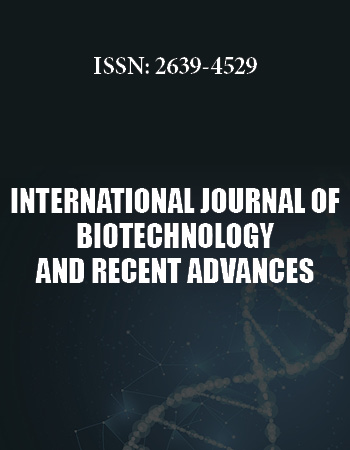International Biotechnology and Research Conference
April 25-27, 2018 Rome, Italy
Affinity Protein Purification Resulting in Protein Sequence without Remaining Amino Acid Residues
1University of Szeged, Department of Inorganic and Analytical Chemistry, Hungary
2Institute of Biochemistry and Biophysics, Polish Academy of Sciences, Poland
Purification of proteins is vital for the characterization of the function, structure and interactions of the protein of interest and efficiently carried out by affinity chromatographic methods. The specific interaction with the appropriate resins requires fusion affinity tags, such as e.g. the oligo-His, the maltose binding protein or glutathione-S-transferase tag. These sequences are encoded by the plasmids used for protein expression. The affinity tags have to be cleaved off after the target protein is selectively bound to the solid support. This is performed by specific proteases. These enzmes are expensive and mostly they leave few extra amino acids at the terminus, which may interfere with the structure and function of the purified protein.
Recent studies in our research group focused on the protein constituents of new artificial nucleases. Artificial DNA nucleases have provided scientists with the unprecedented ability to probe, regulate, and manipulate the human genome. Zinc-finger nucleases (ZFNs), transcription activator-like effector nucleases (TALENs) and the clustered regularly interspaced short palindromic repeatCas9 system (CRISPR/Cas9) represent a powerful array of tools that can bind to and cleave a specified DNA sequence. Our ressearch focused on new type of ZFNs with intramolecular alloteric activation. The computer design of such enzymes requires the precise protein sequence to be obtained. Using the Ni(II)-affinity chromatography for e.g. zinc finger protein purification requires the complete removal of the oligo-His affinity tag. However, this was not possible to achieve by the traditional methods. We redesigned the cloning region of pET21a plasmid. The new approach is to cleave the His-tag by Ni(II) instead of proteases. Therefore, the new plasmid encodes the affinity tag with a Ni(II)-sensitive cleavage site at its N terminus. The precise gene of the protein is inserted into the cloning region by the help of BsmBI restriction endonuclease, so that the recognition site is deleted in the cleavage/ligation procedure. We performed the cloning, expression and purification procedures and will report the results on the poster.
Biography:
Heba Alaa Eldeen Hosiny Abd Elhameed is a PhD student in the University of Szeged. She is from Egypt, where she has been working as Assistant lecturer at Zagazig University. Presently she is examining new types of artificial nucleases by means of various biophysical methods within the frame of a Stipendium Hungaricum PhD scholarship and under supervision of Dr. Bela Gyurcsik.


